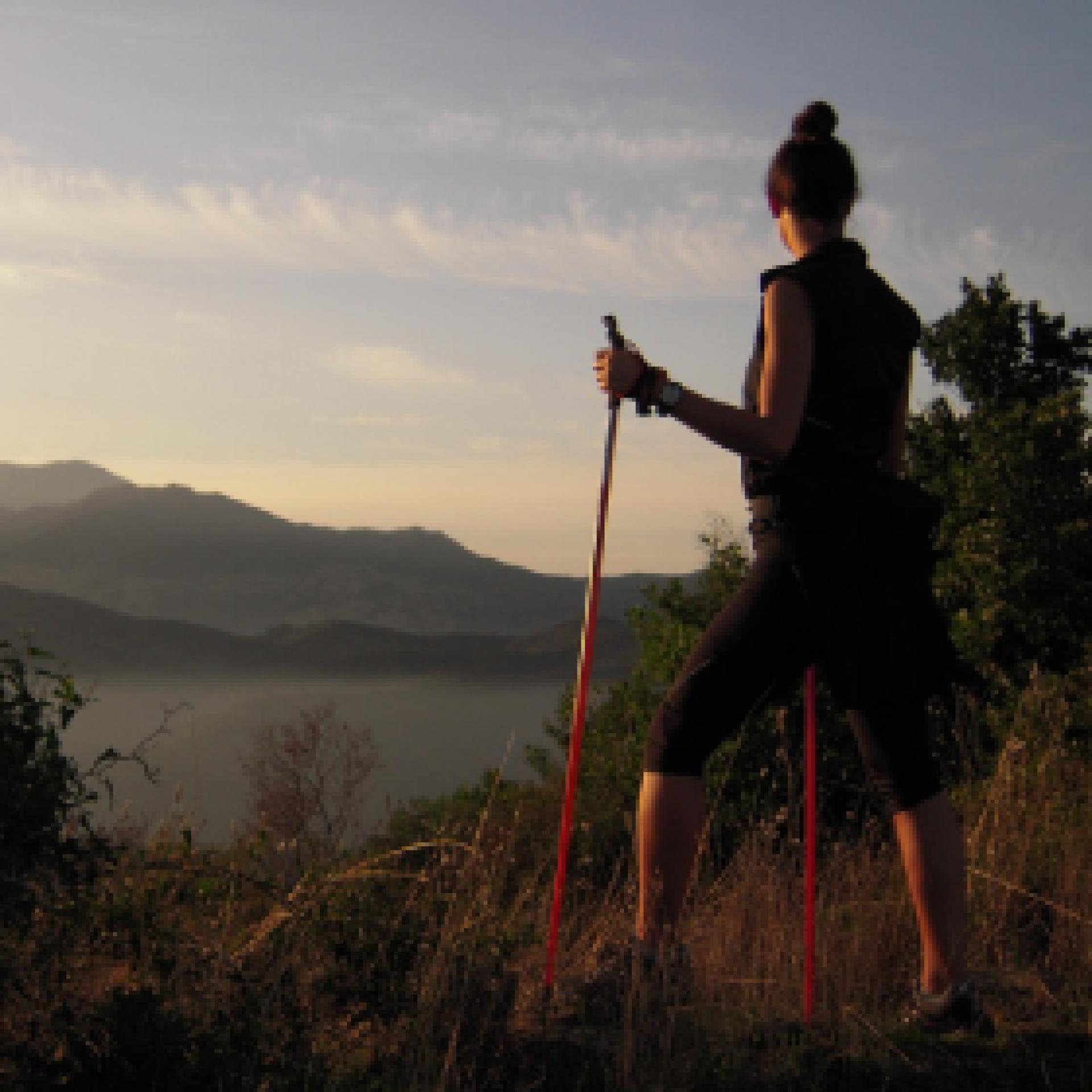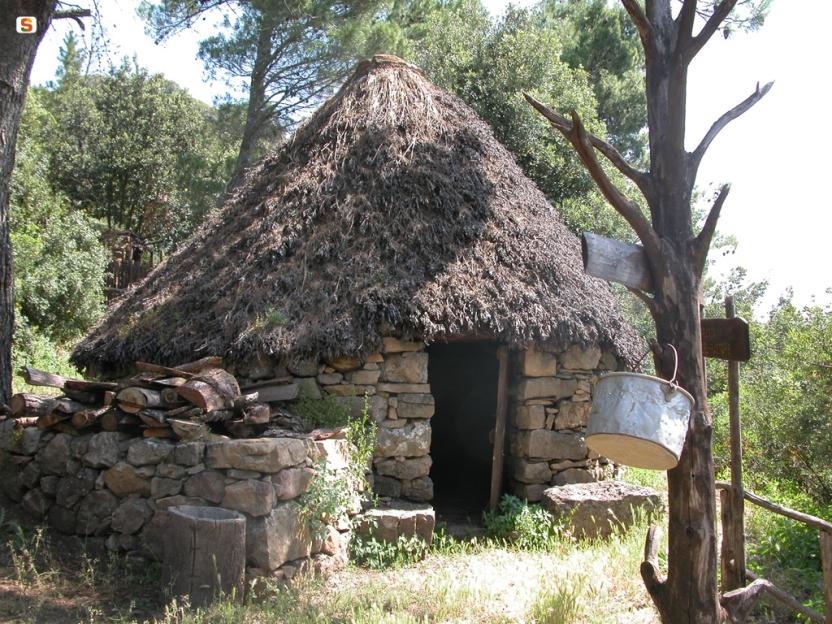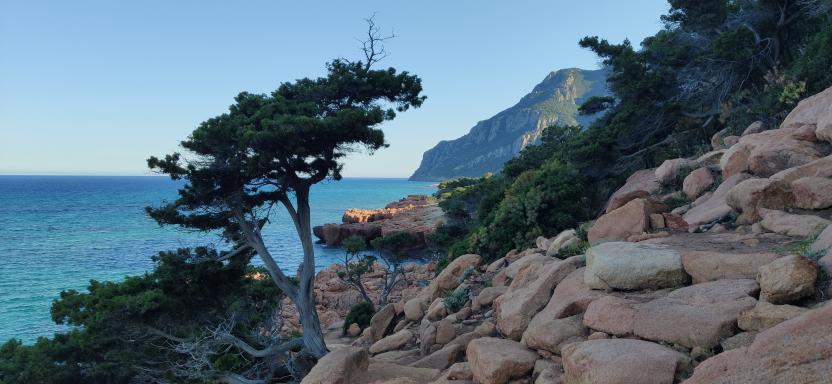Sentiero Italia (Stage Z17) Ilodei Malu (Caserma Montes) - Separadorgiu
Overview of the itinerary
Sentiero Italia runs the length of the island’s eastern side, covering its most important mountains, in 28 stages. Starting from the north: it flanks the Monte Limbara massif, crosses the limestones of Mont’Albo and Tuttavista, skirting the Gulf of Orosei, it crosses the Supramonte, Gennargentu and the Tacchi of Ogliastra and reaches Perdasdefogu. Further south, it passes through Armungia and the Gerrei sub-region. Lastly, it touches on the villages of Burcei and San Gregorio, continuing on the Sette Fratelli massif to the old prisons of Castiadas.
General information on Sentiero Italia (Grand Italian Trail)
Sentiero Italia, or Grand Italian Trail, as also explained on the official website, is a walking route that crosses the whole of Italy, using mainly but not exclusively “registered trails”.
In particular, in Sardinia, not all the stages of the Sentiero Italia of CAI (Italian Alpine Club) are made of trails already included in the registry of the Sardinia Trail Network (RES), either because they have not yet been tested and approved or simply because they cannot be registered as they do not meet the requirements. However, as a whole, the Sentiero Italia is the single longest walking route currently crossing Sardinia from the north (S. Teresa Gallura, stage Z 1) to the south (Castiadas, end of stage Z 28), touching on the most fascinating mountain areas in central-eastern Sardinia: the plateau of Buddusò, Tepilora, the Cedrino river valley, the ancient forests of Montes, Perda Liana and the regional forest of Montarbu, Monte Genis, and lastly the regional forest of Settefratelli (among the many crossed by the various stages of this long hiking itinerary).
Information on this stage of the trail
This is a medium-length stage that links two mountain systems: Supramonte di Orgosolo and the Gennargentu Massif, which features Punta La Marmora, the highest peak in Sardinia rising to 1834 m asl.
The trail starts from the forest of Montes and, after leaving Monte Fumai, 1316 m asl, to the left, follows a route that, in its middle part, runs alongside the Rio Flumineddu to its source in Sa Muidorgia, to reach the Correboi mountain pass, which is the dividing line between the two mountain system, where there is currently a former Carabinieri station. From this pass, the Sardinia’s highest mountain range begins. After crossing the pass and passing through a newly built juniper gate, the path turns downhill. At point N40.07154° E9.35489°, you will find a fork pointing east towards the Sos Ghidileddos fountain (about 100 m). However, keep following the route heading north at first and then east, where the trail starts climbing again along the southern slope of Nodu e Littipori towards Genna e Monte (1507 m asl).
Just before reaching the ridge, the trail turns south towards Monte Arbu (1567 m asl) and then continues along a dirt track towards the Genna Duio pass. From here you can easily reach the Su Separadorgiu stop point. To use the facility, you need to contact Tore Moro (338.4566078 - 3807995201) in advance via WhatsApp.
This is a very scenic stage of the trail with several water sources.
Warning: the trail may be exposed to fog.
FOR UP-TO-DATE INFORMATION, PLEASE READ THE FACT SHEET ON THE SENTIERO ITALIA WEBSITE
- Log in to post comments



